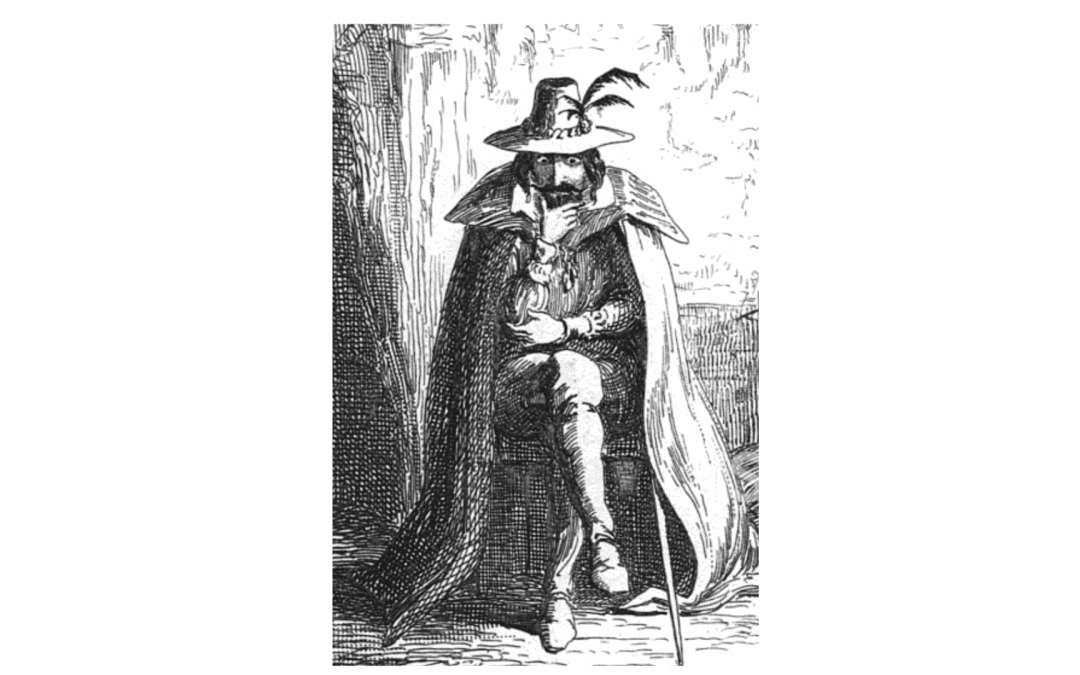Thanks to an anonymous letter, guards searched the cellars of the House of Lords on the night of 4th November 1605. They arrested Guy Fawkes, as he guarded 36 barrels of gunpowder. The plan to kill King James I, and his parliament, at the state opening of parliament the following day was thwarted.
Robert Catesby, the ringleader of the Catholic plotters, fled London along with his fellow conspirators. Catesby was killed in the siege of Holbeche House, north-west of Birmingham.
The captured conspirators were tortured in the Tower of London by Sir Edward Coke. Only two confessions were published in full, those of Guy Fawkes and Thomas Wintour. Whilst Guy Fawkes had only recently returned to England from fighting in Flanders, so knew few of the conspirators, Wintour knew most of them.
Guy Fawkes was executed on 31st January. He escaped the full terror of being hung, drawn, and quartered, by jumping from the scaffold and breaking his neck.
I posted recently about Sir Walter Raleigh and his involvement in the Main Plot of July 1603. There were other plots, such as the Bye Plot, also in 1603, as English Catholics despaired of the religious tolerance they had hoped for from the son of Mary Queen of Scots. However, they hadn’t seen anything yet.
Sir Anthony Standen, returned from spreading news of King James’ accession around europe, carrying gifts and a secret message from Pope Clement VIII for James’ wife Anne of Denmark. Standen had been betrayed, and the message was discovered. Standen was sent to the Tower of London. This much of the story I covered in The Spy who Sank the Armada. Shortly afterwards, on 19th February 1604, King James denounced the Catholic Church and ordered all Jesuit and other Catholic priests to leave the country and reimposed the collection of fines for recusancy, that is not attending services of the Protestant Church of England.
I have celebrated Guy Fawkes night for most of my life, without knowing the role of my 10th great-granduncle, Sir Anthony Standen in bringing it about.

